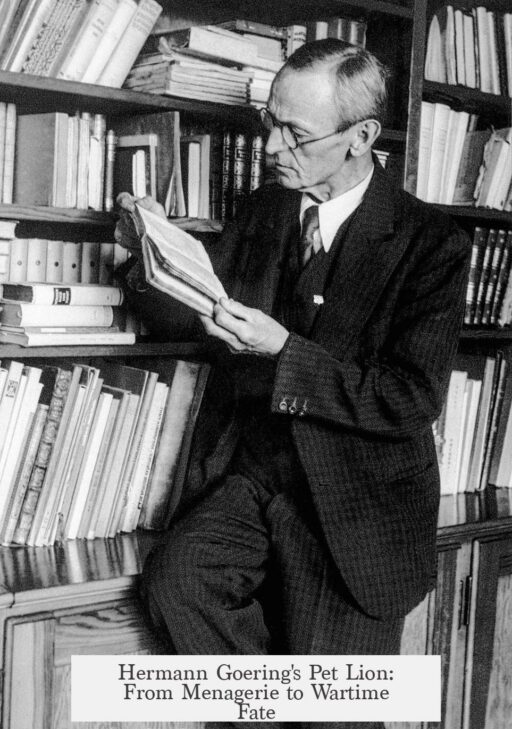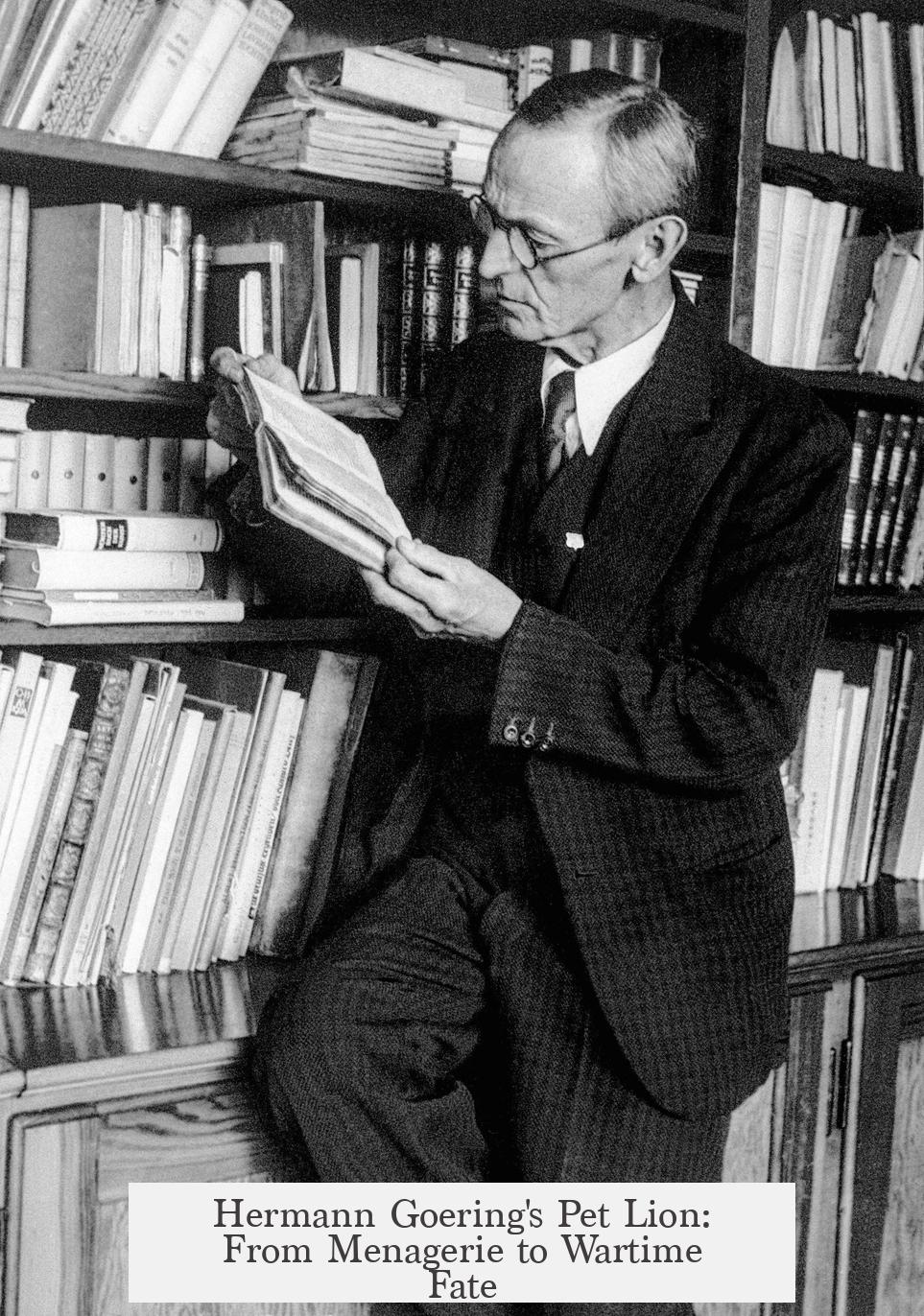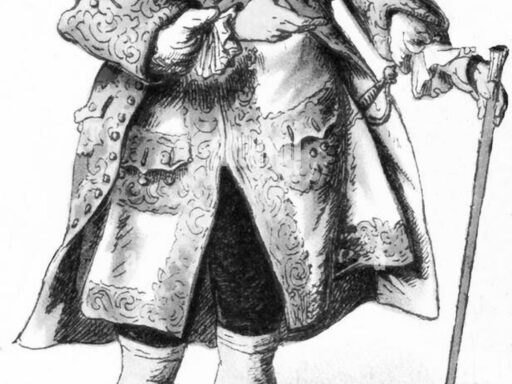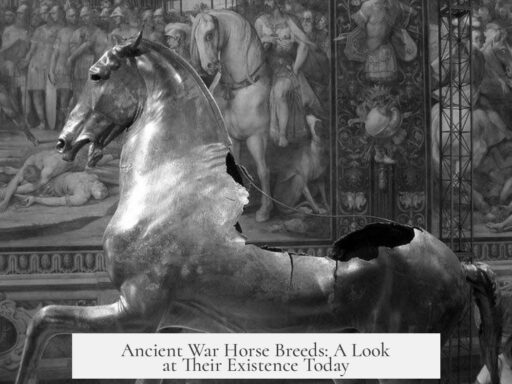Hermann Goering had seven pet lions during his lifetime, all raised from newly-weaned cubs obtained from the Berlin Zoo. He kept these lions at his estate, Carinhall, as part of a private menagerie that included several other exotic animals. When each lion grew too large to be safely handled, Goering returned it to the zoo.
Between 1943 and 1945, the Berlin Zoo faced severe hardships due to repeated Allied bombing during World War II. Around 750 animals were evacuated from Berlin to other zoos, including those in Vienna and Mülhausen in Alsace, in an attempt to protect them. Despite these efforts, many animals perished during air raids. On November 22, 1943, a heavy bombing raid killed about one-third of the zoo’s remaining inhabitants, including seven large cats. Numerous enclosures were destroyed, sparking rumors of escaped animals roaming Berlin’s streets.
After the chaos of attacks, many dead animals were consumed by starving civilians. The zoo endured eight more raids, gradually turning its premises into rubble. However, it remained open to boost public morale until April 22, 1945, when it finally closed as the Red Army approached.
Specific records about Goering’s lions after their return to the zoo are sparse. Given the extensive destruction and the near-total loss of zoo animals during Soviet assaults and bombing, it is likely that most, if not all, of Goering’s lions died during the conflict. One giraffe is known to have survived evacuation and returned post-war, but no such details exist for the lions. They may have also died from old age or accidents following evacuation, yet wartime losses remain the most plausible explanation.
- Goering raised seven lions from the Berlin Zoo as cubs at Carinhall estate.
- Lions were returned to the zoo once too large to handle.
- Berlin Zoo suffered heavy losses during WWII bombing raids, including big cats.
- Most of Goering’s lions likely died in the bombings or afterward.
- One evacuated giraffe survived and returned, but no lions did.
What happened to Hermann Goering’s pet lion?
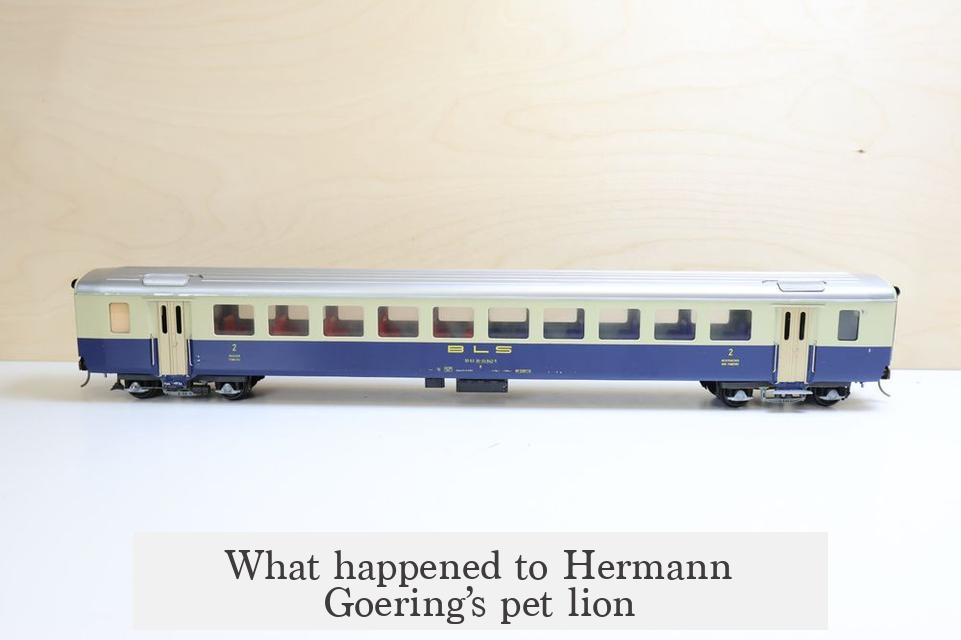
Hermann Goering didn’t just own one lion — he had seven over the years, but none of them ended up growing old and peacefully lounging in his estate forever. Instead, each lion was raised until it was too big and dangerous, then sent back to the Berlin Zoo. But as World War II escalated, even the zoo couldn’t protect these majestic beasts.
Seven Lions in Goering’s Menagerie
When you think of dictators with pets, a lion might pop into your mind—fitting for someone like Goering, known for his grandiose tastes. But having seven lions is something else altogether.
All seven lions were initially new-borns, gifted by the Berlin Zoo to Goering. Imagine a zoo handing over freshly weaned cubs to a high-ranking Nazi official’s estate at Carinhall. Those cubs then grew up under his care — well, at least until they reached a size making them unsafe to handle. At that tipping point, Goering returned them to the zoo, handing the lion’s reign back to the professional keepers.
Goering’s Lions: “Handling” Problems?
Why did Goering return the lions once they got too big? Besides the obvious — handling a full-grown lion in your backyard is a bad idea — it was a safety matter. Lions aren’t exactly house pets. Goering’s strategy was to enjoy their cuter, manageable phases and then send them off when the claws came out.
Doesn’t it raise a curious point? Who exactly decided it was wise to give cubs to an arms-hungry warlord? Berlin Zoo played an unexpected role, and perhaps felt pressured or saw it as a way to protect young animals while the world fell apart outside its gates.
Berlin Zoo’s Struggles: Lions’ Uncertain Future
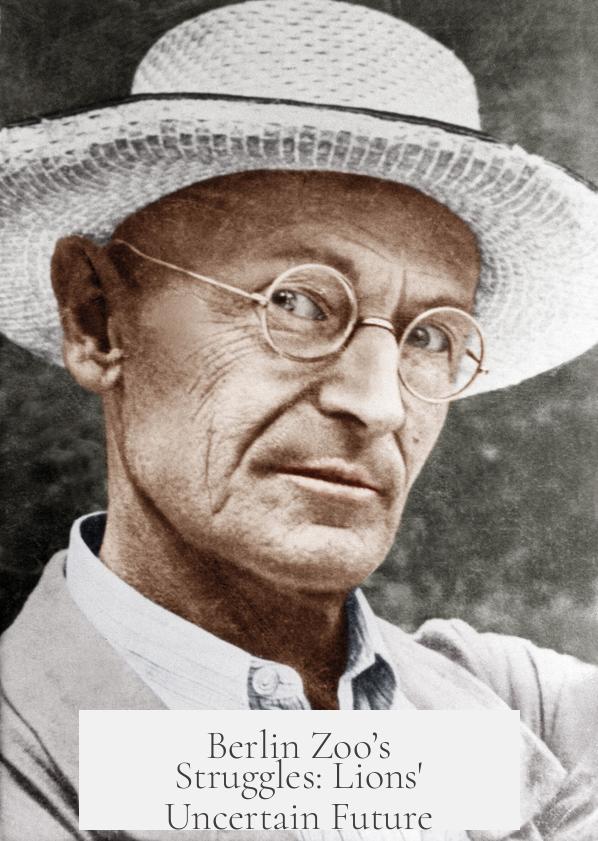
As war progressed, Berlin wasn’t a safe haven for animals. The zoo faced relentless Allied bombing starting in 1943. Around 750 animals were sent away to safer places like Vienna and Mülhausen. That was a logistical nightmare during wartime but necessary for survival.
Yet, not all animals escaped. On November 22, 1943, a massive air raid killed about a third of the zoo’s inhabitants — seven big cats among them. Rumors spread that escaped animals prowled Berlin streets. For a city under siege, that’s a scene straight out of a thriller, isn’t it?
From Fierce Hunters to Wartime Rations
Here’s the somber twist: many of the dead animals were eaten by starving Berliners. Witnesses recalled having “meat coming out of their ears” after that raid. The desperation of war painted a grim picture — lions, once symbols of power and prestige, became unintended food.
Continuous Raids and Zoo’s Collapse
The air raids didn’t stop. Between January 1944 and February 1945, eight more devastating bombings turned much of the zoo to rubble. Yet officials kept it open to maintain morale, a bright spot amid the rubble. Finally, on April 22, 1945, the zoo closed as the Red Army reached Berlin’s gates.
What Became of Goering’s Lions?
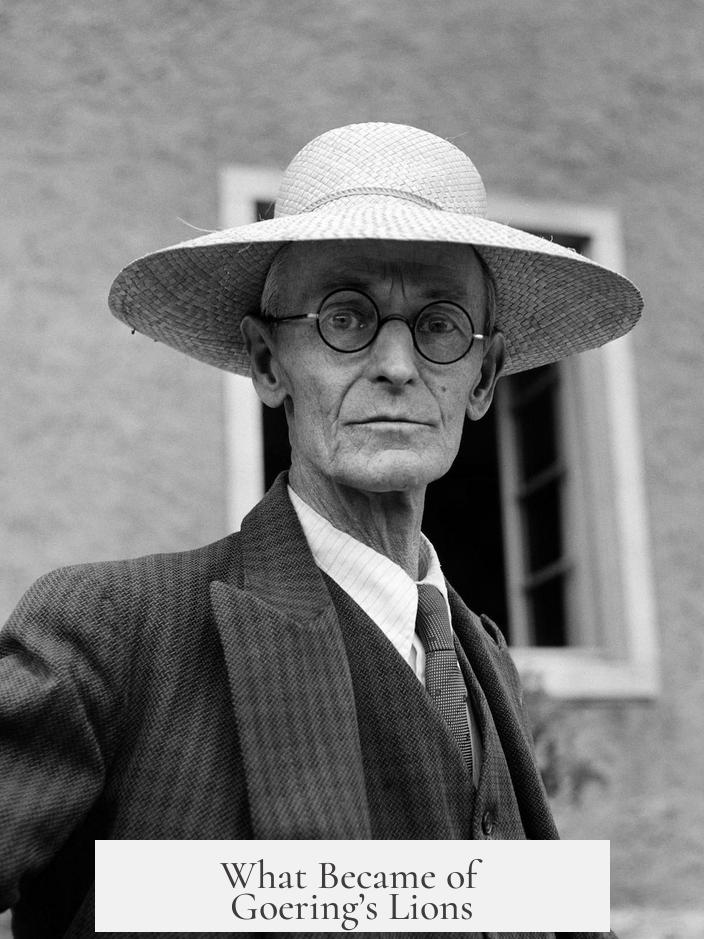
So, what about those seven lions raised at Carinhall by Goering? Given the chaos and destruction, it’s highly unlikely they survived the conflict in Berlin. If they returned to the zoo, their fate would be tied to the animal population losses during bombing and the harsh conditions that followed.
Only one evacuated animal, a giraffe, made it back to Berlin post-war. The chances that Goering’s lions returned and lived long, peaceful lives are slim. These lions either perished during the bombings, died in captivity elsewhere, or succumbed to old age or accidents. The cold truth is, none of them made it into history as survivors.
Lessons from a Dictator’s Exotic Pets
This curious episode raises questions about the absurdity and tragedy of war. Goering’s lions symbolize a stark contrast between arrogance and reality. Animal welfare dissolved under war’s weight; exotic pets weren’t immune to suffering.
Moreover, it shows how human decisions ripple through unexpected places. From Berlin Zoo’s role in equipping a dictator’s menagerie to animals becoming unintended casualties and food, history isn’t always focused on battles and leaders. Sometimes, it’s found in the fate of creatures caught in the crossfire.
Could This Happen Today?
Could such a scenario replay itself in modern times? With international regulations on exotic animals tightening and war zones still existing, the risk of animals suffering remains real. The legacy of Goering’s lions is a reminder that wildlife often pays a hidden price during human conflicts.
In Closing: A Story of Lions Lost to History
To sum up: Hermann Goering’s pet lions began as adorable cubs raised at Carinhall. Their lives ended in uncertainty, shaped by the chaos of war, destruction of Berlin Zoo, and evacuation efforts. None escaped the tragic fate woven by history’s unrest.
Next time you wonder about the strange tales behind WWII figures, remember there’s more beyond the battlefield—like the fate of seven lions that roared briefly, then disappeared into the shadows of a war-torn city.
“History doesn’t always keep the loudest stories alive — sometimes, it’s the silent pawprints fading away that tell us the most.”
